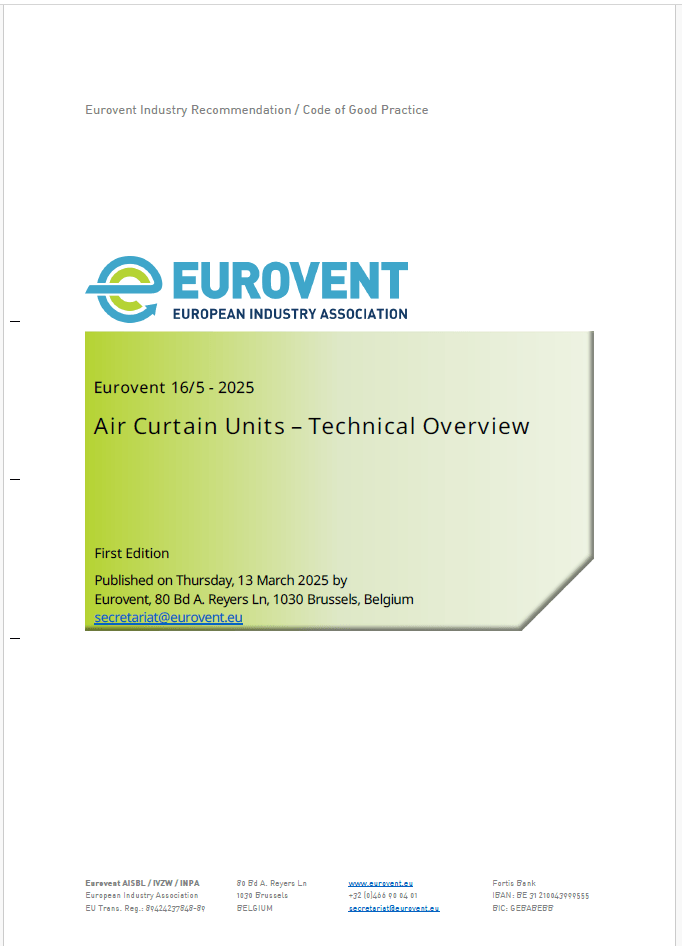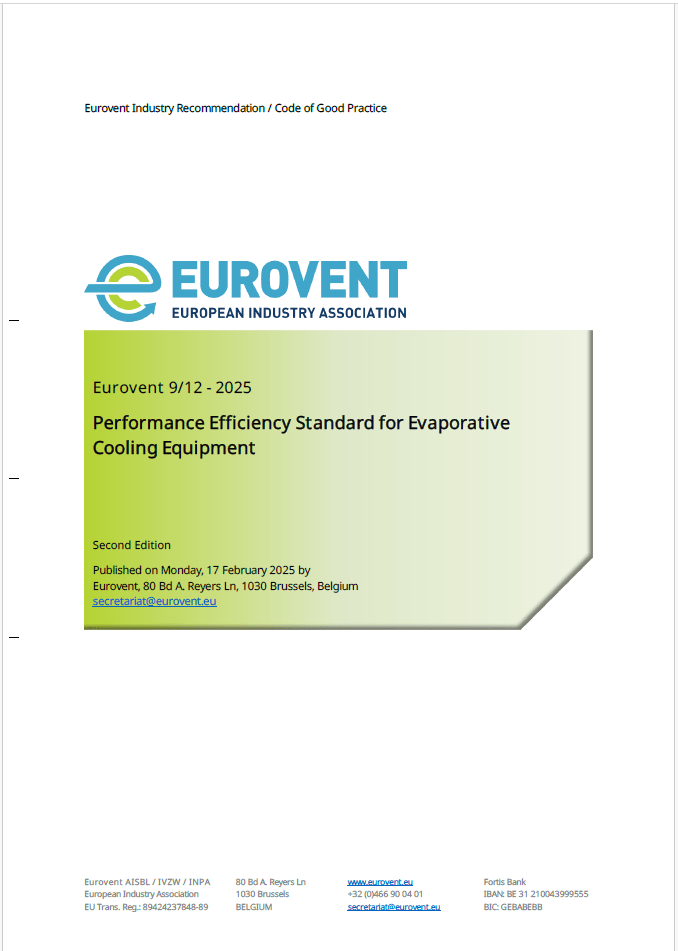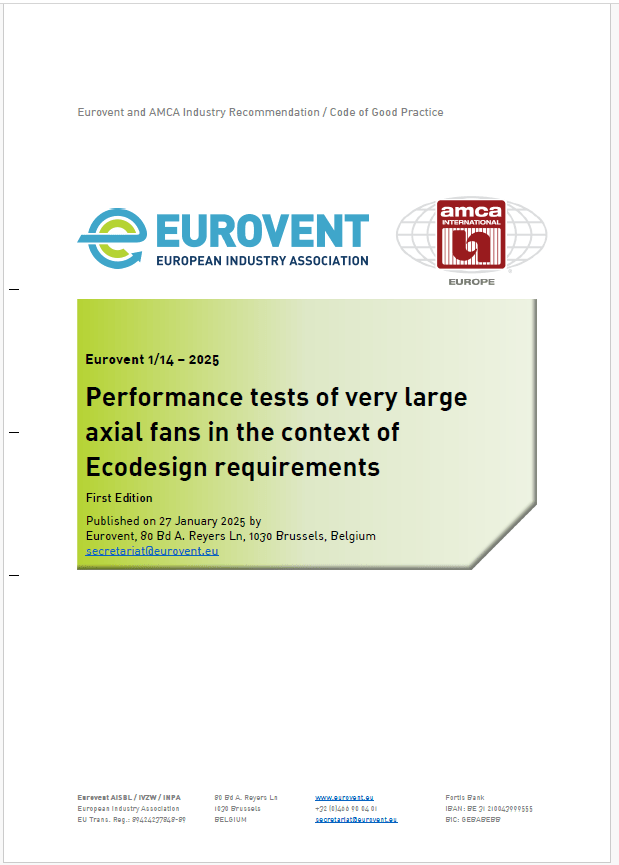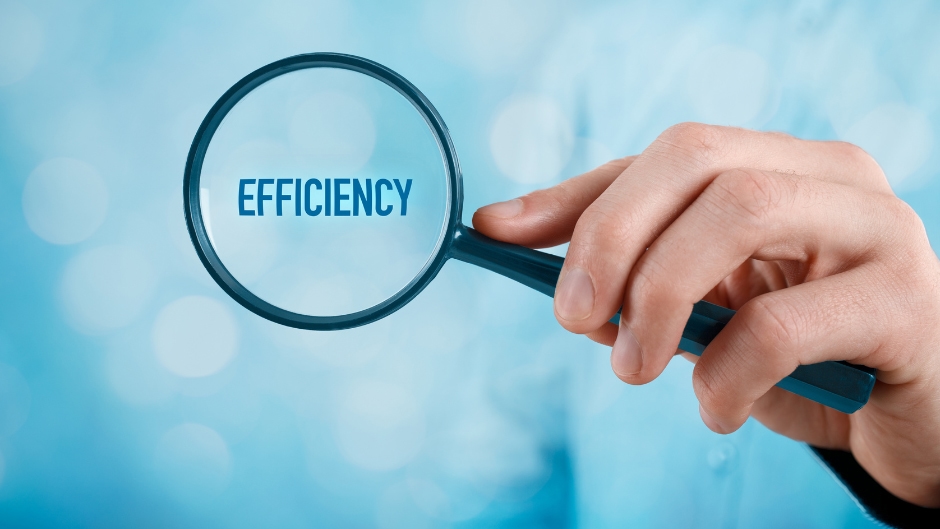Proper installation is a critical part of the project process that can significantly impact an HVAC system’s efficiency, lifecycle, and overall performance. However, there are many cases in which quality installation is overlooked or simply not given the necessary attention it deserves. Eurovent Middle East looks at how poor installation processes lead to wrong or inefficient performance and operations and the reasons why.
 Gopalakrishnan G, Operations Director, Emrill, an integrated facilities management company, is a firm believer in the importance of quality installation within the sector. “HVAC has many areas requiring specialist expertise,” he says. “Qualified and licensed technicians and engineers across the UAE possess the required skillsets to install and maintain HVAC systems efficiently.”
Gopalakrishnan G, Operations Director, Emrill, an integrated facilities management company, is a firm believer in the importance of quality installation within the sector. “HVAC has many areas requiring specialist expertise,” he says. “Qualified and licensed technicians and engineers across the UAE possess the required skillsets to install and maintain HVAC systems efficiently.”

However, complaints have emerged in the GCC region due to improper or inefficient installations, which not only put to risk the reliability of a system but also lead to costly maintenance or greater consumption due to it not operating as intended. Several common installation issues can be seen with DX air conditioning installations, says Srinivasan Rangan, Director of Demand Generation, Strategy and Regulatory Affairs, Rheem Manufacturing. “These include incorrect sizing, poor placement of the indoor and outdoor units, improper refrigerant charge, inadequate insulation, and poor duct design,” he says. “Additional factors that can contribute to issues with air conditioning systems include improper implementation,” he says, providing the example of low side static exceeding equipment design, hot air recirculation caused due to the equipment being placed too close, which does not follow the manufacturer’s installation guidelines, as well as poor quality of refrigerant piping and inadequate brazing of joints or leakage in airflow ducts.

For Hadi Ismail, Chief Sales Officer, Taqeef, improper installation practices are cost driven. “Often, when installers do not follow manufacturers’ instructions or recommendations, the reason is purely economic,” he says. “A common example in the UAE is that they do not install return duct to save money because it is expensive.”
Gopalakrishnan points out, however, that with the number of HVAC solutions in the market, there is also an unavoidable learning curve. “FM is a fast-evolving sector,” he says. “With the implementation of any new product or service, there will be a learning curve across the industry, where support may be required from our original equipment manufacturer partners.”
Why does it matter?
Subpar installation practices, unfortunately, has a number of consequences. Rangan explains that these issues he highlighted can result in inefficient operation, increased energy consumption, and costly repairs. “Proper installation, regular maintenance, and attention to these issues can help ensure optimal performance and longevity of the system,” he says. “If the air conditioning unit is not sized properly or has an incorrect refrigerant charge, it can lead to reduced efficiency, increased energy consumption, and a shorter lifespan. Similarly, insufficient insulation, poor duct design can cause inadequate cooling, increased energy consumption, and costly repairs. Regular maintenance and attention to these factors are crucial for optimal performance and longevity of the system.” All these factors, he says, will have an adverse impact on the cost of ownership and home comfort for end users.
Ismail says there are also critical energy efficiency implications. “For example, when you do not add a duct, the air is taking a path that it should not,” he explained. “And the way it was manufactured and tested, it was meant to have duct on the outlet and inlet, so having the air going through the false ceiling in either kitchen or bathroom, two typical places installed, is simply an inefficient use of energy.”
What contributes to the issue?
While the challenges listed above can lead to errors during installation, poor performance, reduced efficiency, and demotivation among installers, Rangan believes that proper education and training, fair compensation and working conditions, access to specialised tools, and opportunities for professional development are critical to overcoming them. “The two main factors behind this problem are a lack of training and, at times, improper tools and equipment,” he reiterates. “Additionally, technicians in the GCC come from different parts of the world, and there is no consistency in qualification,” he says.
In this case, cultivating awareness is key, says Ismail, “We need to raise awareness across the entire value chain, from the consultant, contractor to the installer, so that they know that ensuring good installation does not have to be expensive,” he says. “Even as simple as ensuring the outdoor unit is installed in the shade and protected from direct sun exposure is already an example of how it could save money.” The problem, he says, is CAPEX vs OPEX, and contractors do not do more than they are asked to do.
Within Emrill, Gopalakrishnan says that they ensure their technicians undergo the required training and are qualified to install, repair, and maintain HVAC systems to deliver exceptional service and ensure client satisfaction. “As an essential asset in buildings, HVAC repair and maintenance is prioritised, especially in the summer months when the systems need to operate efficiently to meet the demand of higher temperatures,” he says.
Rangan adds that this has been a priority for Rheem which trains and certifies technicians in the Rheem Innovation Centres across the Middle East. “Proper training of air conditioning installers can result in several benefits, including increased efficiency, improved quality of installations, enhanced safety, reduced call backs, and increased customer satisfaction,” he says. “Trained installers can work more efficiently, ensuring that installations are performed correctly and to industry best practices, which can lead to cost savings for customers and reduced repair and maintenance costs.” Rangan adds that proper training can also help identify potential safety hazards during the installation process, reducing the risk of accidents or injuries. “Reduced call backs and increased customer satisfaction can lead to positive word-of-mouth referrals and long-term growth for businesses,” he says.
A holistic building code
Although skill plays a role in ensuring efficient installation, Ismail believes a greater issue could be challenges related to building codes. “If people are not forced to do something, they often do not,” he says, pointing out that current building codes do not place accountability on the installer’s role in the building operations. This becomes worse, he adds, given the move to cut costs. “Even if installers are aware of best practices, the imperative to drive costs down means that cheaper often wins, which often results in shortcuts.”
As such, Ismail says a holistic building code that empowers end users would be helpful. “Sometimes, educating people to buy a more highly efficient machine is not always enough,” he says. “In the UAE, the end user rarely decides which AC system is installed or what kind of ducts are in the home. A more holistic building code that mandates installation according to manufacturers’ recommendations would be very helpful.” Ismail points out that in Europe, even though energy savings and education were at the forefront of efforts to increase quality and standards, it had to be mandatory or enforced by law to avoid cost competition through cost savings. “You need to walk with both legs, not one. You cannot compensate for the weakness in one field by improving only one part,” he says.
Gopalakrishnan adds that stronger integration among stakeholders, including consultants, contractors and the manufacturer would also be helpful. “We work closely with our clients and partners to ensure any challenges that may arise are planned for, appropriately managed, and suitable solutions are proposed” he says. “We always suggest the involvement of a FM service provider in the early design stages of a project to increase the benefits to stakeholders. Adopting this approach allows for input from a post-build operational perspective, with healthy challenges on design decisions that may cause variation costs at a later stage once the project is operational or inhabited by residents.”


















